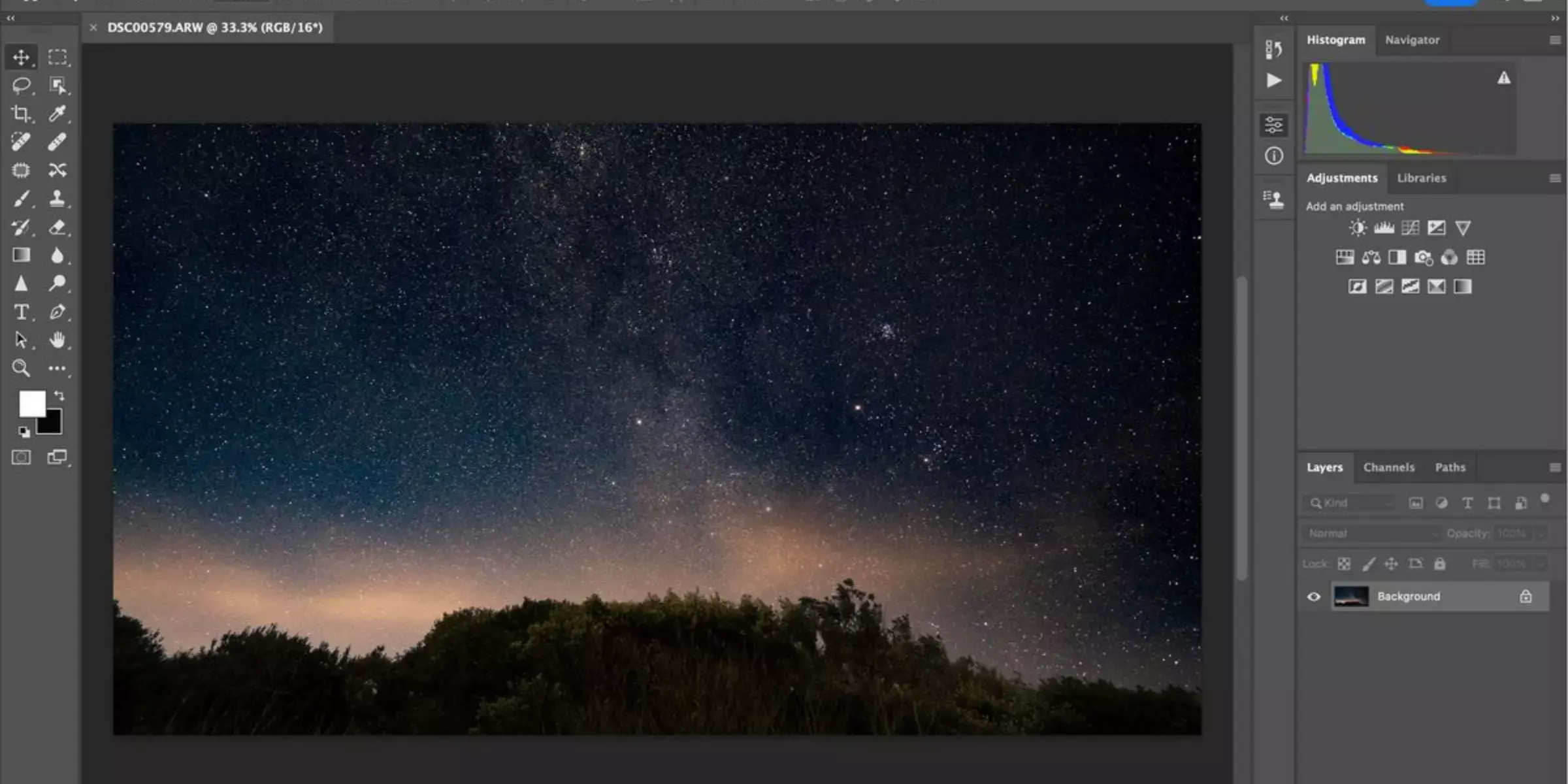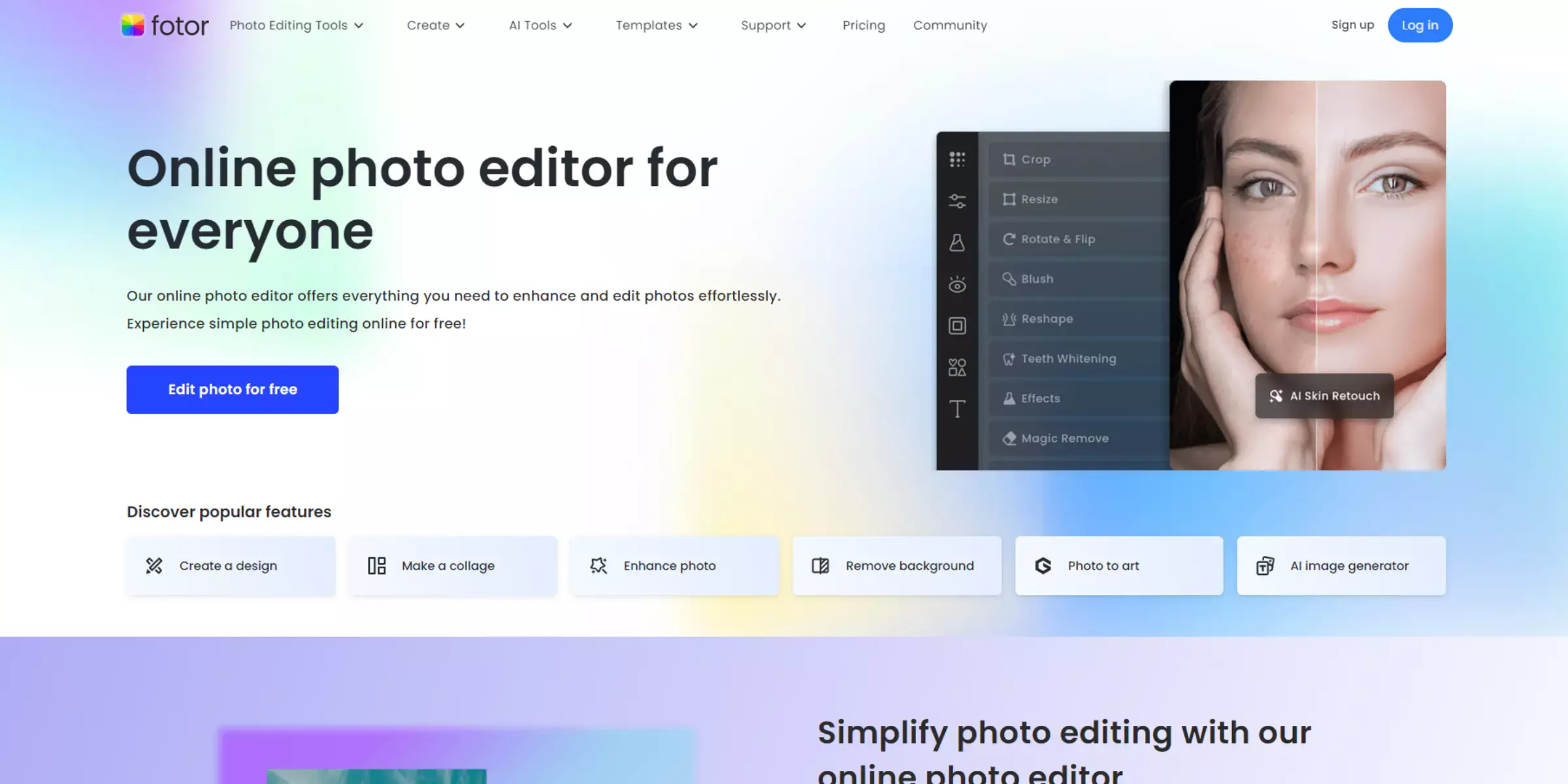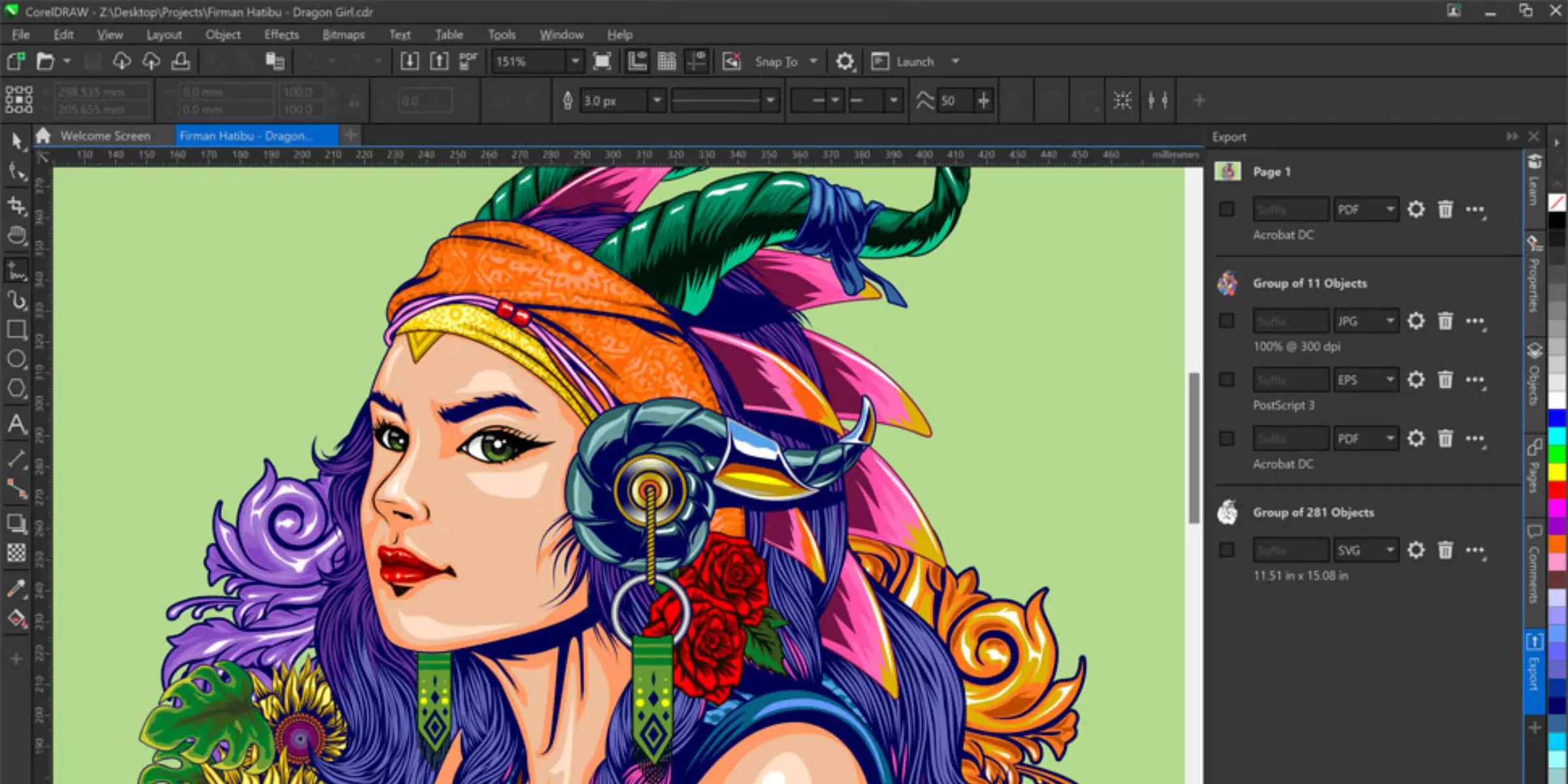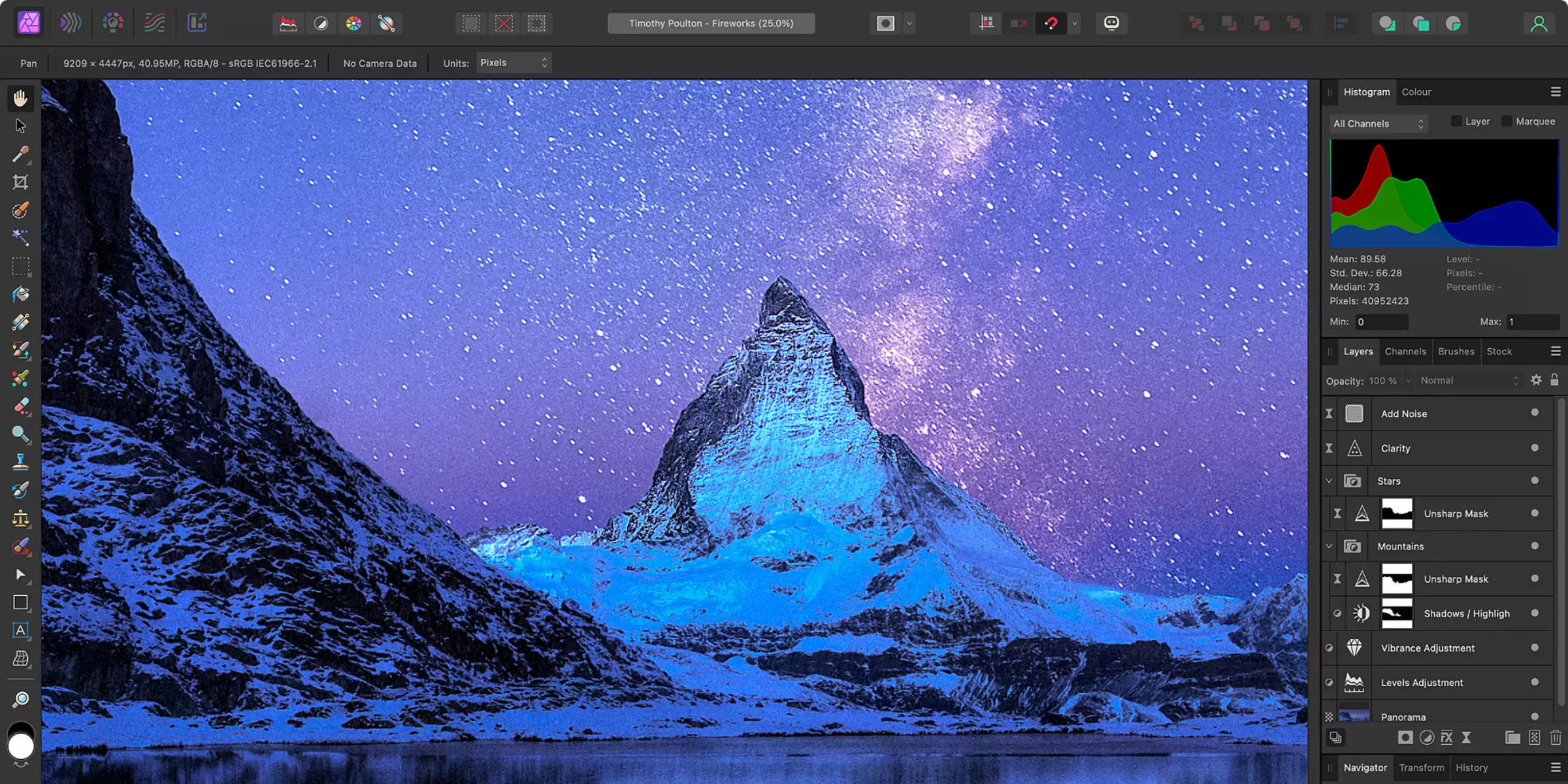Choosing Right Background For Your Photos
Choosing the right background for your photos can transform them from ordinary snapshots to professional-quality images. Whether you're capturing moments for personal memories or showcasing products for your business, the proper background can significantly enhance the visual appeal of your photographs. By understanding the nuances of background selection, you can ensure that your subject stands out and conveys the intended message effectively.
Imagine taking a stunning portrait only to find that a cluttered or poorly lit background detracts from its impact. With a few simple techniques, you can avoid such pitfalls and create captivating images. For instance, utilizing a natural lighting background can add depth and warmth to your photos, making them more inviting and professional. Additionally, considering elements like color, texture, and context can further elevate your photography skills.
In this comprehensive guide, we will explore how to choose the right background for various types of photography. From tips on achieving the perfect natural lighting background to avoiding common distractions, we will provide you with actionable advice to enhance your photos. Let's dive in and unlock the potential of a well-chosen background, ensuring every shot you take is a masterpiece.
Understanding The Impact Of Backgrounds In Photography
Backgrounds in photography are more than just the scenery behind the main subject. They play a critical role in shaping the mood, composition, and overall message of an image. Here’s a deeper look into how backgrounds impact photography:
- Setting the Mood: The background sets the tone and mood of the photograph. Whether it’s a serene landscape, an urban cityscape, or a minimalist studio setting, the background helps convey the emotion and atmosphere intended by the photographer.
- Enhancing Subject Focus: A well-chosen background can enhance the visibility and impact of the subject. By providing contrast or complementing the subject’s colors and shapes, it directs the viewer’s attention and ensures the subject stands out prominently.
- Creating Depth and Dimension: Backgrounds contribute to the visual depth of an image. They add layers to the composition, creating a sense of perspective and dimensionality. A background with layers or textures can make a photograph visually intriguing and immersive.
- Adding Context: Backgrounds provide context to the subject, helping to tell a story or convey information. For example, a background depicting a busy street can indicate urban life, while a natural landscape can suggest tranquillity and harmony with nature.
- Impact on Composition: The background is an integral part of the composition in photography. It helps balance the visual elements, frame the subject, and guide the viewer’s eye through the image. A cluttered or distracting background can detract from the subject, while a well-chosen background enhances the overall aesthetic appeal.
- Reflecting Style and Identity: In portrait and commercial photography, backgrounds often reflect the style, personality, and brand identity of the subject or client. A professional backdrop in corporate headshots conveys reliability, while a creatively designed background in fashion photography can showcase personality and creativity.
Understanding these aspects of backgrounds empowers photographers to make informed decisions in selecting and manipulating backgrounds to achieve their desired visual impact. By carefully considering backgrounds as a fundamental element of photography, photographers can elevate their compositions and effectively communicate their artistic vision.
Importance Of The Right Background In Photography
The background in a photograph plays a crucial role in defining the overall impact and message of the image. Whether you're capturing portraits, product shots, or landscapes, the background sets the stage and enhances the subject's visual appeal. Here are key reasons why selecting the right background is essential:
- Enhances Subject Focus: A suitable background directs the viewer's attention to the main subject by providing contrast or complementing its colors and shapes. It ensures that the subject stands out distinctly, making the intended message or story clear and compelling.
- Sets the Mood and Context: Different backgrounds evoke varying emotions and convey specific messages. For instance, a natural outdoor background with soft lighting can create a serene and peaceful atmosphere, ideal for portraits or nature photography. In contrast, a vibrant and urban backdrop might be perfect for fashion or street photography, adding dynamism and context to the image.
- Contributes to Composition: The background is integral to the overall composition of a photograph. It helps balance the visual elements, creates depth, and guides the viewer's eye through the image. A cluttered or distracting background can detract from the subject, while a well-chosen background enhances the image's aesthetic appeal.
- Reflects Brand Identity: In commercial photography, such as product shots for e-commerce or corporate headshots, the background often reflects the brand's identity and values. A clean, professional backdrop can convey reliability and trustworthiness, whereas a creative or unique background can highlight innovation and personality.
- Professionalism and Quality: A carefully selected background demonstrates attention to detail and professionalism in photography. It shows that the photographer has considered every aspect of the image, from lighting to composition, to ensure the highest quality result.
Types Of Backgrounds
In photography, the background is more than just a setting—it's a crucial element that can make or break an image. Whether capturing portraits, products, or landscapes, choosing the right background is essential for conveying mood, highlighting the subject, and creating visual impact.
From natural outdoor scenes to meticulously crafted studio backdrops, each type of background offers unique opportunities to enhance the composition and narrative of a photograph.
Understanding these options empowers photographers to skillfully frame their subjects and capture moments that resonate with viewers. Let's delve into the diverse world of backgrounds and their transformative role in photography.
- Natural Outdoor Backgrounds: These include landscapes, forests, beaches, and other outdoor settings. They provide a natural, authentic backdrop and are often used in portrait, wildlife, and travel photography.
- Studio Backdrops: These are solid color or patterned backgrounds used in controlled indoor environments. Studios often use backdrops like seamless paper rolls, fabric drops, or customized sets to create specific atmospheres.
- Urban Environments: Cityscapes, streets, and architectural backgrounds add an urban feel to photographs. They are popular for fashion shoots, street photography, and editorial work.
- Textured Backgrounds: Textured surfaces such as brick walls, wooden panels, or textured fabrics add depth and interest to photographs. They are versatile and can complement various subjects.
- Abstract Backgrounds: These are artistic and non-representational backgrounds that often use colors, patterns, or shapes to create a visually compelling setting. They are common in artistic and conceptual photography.
- Bokeh Backgrounds: Bokeh refers to the aesthetic quality of the out-of-focus areas of an image. Photographers achieve this by using a wide aperture to blur the background, creating a soft and dreamy effect.
- Patterned Backgrounds: These backgrounds feature repetitive designs, motifs, or prints. They can range from simple geometrical patterns to intricate designs and are used to add visual interest without overwhelming the subject.
- Neutral Backgrounds: Plain and neutral-colored backgrounds like white, black, or grey are minimalist and timeless. They are often used in product photography, headshots, and formal portraits to ensure the focus remains on the subject.
- Digital or Composite Backgrounds: These are digitally created backgrounds that can be added to images during post-processing. They offer flexibility and creativity, allowing photographers to place subjects in any setting imaginable.
- Environmental Portraits: These backgrounds are chosen specifically to reflect the subject’s personality, profession, or lifestyle. They provide context and tell a story about the individual or group being photographed.
Each type of background serves a specific purpose in photography, influencing the mood, composition, and overall impact of the image. By understanding these types, photographers can choose the most suitable background to enhance their subjects and achieve their artistic vision effectively.
Choosing The Right Background
Choosing the right background for your photographs is an art that can significantly elevate the quality and impact of your images. Whether you're shooting portraits, products, or landscapes, the background plays a pivotal role in setting the mood, highlighting your subject, and conveying the desired message.
A well-chosen background can complement your subject, add depth to the composition, and enhance visual appeal. From simple and clean backgrounds that minimize distractions to textured or scenic backdrops that add context and atmosphere, the options are diverse and offer endless creative possibilities.
Understanding how different backgrounds interact with your subject and knowing when to use each type effectively can make a substantial difference in the overall quality of your photography.
Utilizing Natural Lighting Backgrounds
Embracing natural lighting backgrounds in photography opens a world of artistic possibilities. Whether capturing the soft, diffused glow of early morning or the warm, golden hues of sunset, natural light enhances the beauty and authenticity of your subjects. It's more than just illumination; it's about creating connections between your subject and their environment.
This guide explores how to effectively utilize natural lighting to elevate your photography, from understanding its dynamic qualities throughout the day to mastering its impact on composition and mood. Discover how harnessing natural light can transform your images into compelling visual narratives that resonate with depth and emotion.
1. Soft and Diffused Quality
Natural light, especially during certain times of the day, like early morning or late afternoon, offers a soft, diffused quality that is flattering for subjects.
This type of lighting minimizes harsh shadows and highlights, resulting in even illumination across your photos. The softness of natural light enhances colors and textures naturally, making your subjects appear more vibrant and lifelike.
2. Dynamic Variations Throughout the Day
One of the advantages of natural light is its dynamic nature throughout the day. As the sun moves across the sky, the quality, intensity, and color temperature of light change.
This variation allows photographers to capture different tones and moods in their images. For instance, the warm, golden hues during sunrise and sunset create a romantic or dramatic atmosphere, while midday light can be brighter and cooler.
3. Ideal Locations for Natural Lighting
Choosing the right location is crucial when using natural light as your background. Indoors, near large windows or glass doors, provide soft, directional light that can beautifully illuminate subjects without harsh shadows.
Outdoors, shooting during golden hour (the hour after sunrise or before sunset) offer a warm, golden light that enhances landscapes and portraits alike. Shaded areas on sunny days also provide diffused light that's ideal for capturing softer, more evenly lit images.
4. Authenticity and Natural Beauty
Natural light backgrounds contribute to the authenticity and natural beauty of your photographs. They create a connection between the subject and their environment, capturing moments in a way that feels genuine and unforced.
Whether it's the soft glow of morning light filtering through trees or the warm hues of a sunset casting long shadows, natural lighting adds a unique character to your photos that artificial lighting often struggles to replicate.
5. Simplicity in Setup
Compared to artificial lighting setups, natural light photography is often simpler and more accessible. You don't need elaborate lighting equipment or modifiers; instead, you work with what nature provides.
This simplicity allows photographers of all levels to focus more on capturing the moment and less on technical setup, resulting in more spontaneous and authentic images.
6. Understanding Light and Environment
Mastering natural lighting backgrounds requires an understanding of how light interacts with your environment. Different weather conditions, such as cloudy skies or direct sunlight, can drastically change the mood and tone of your photos.
Learning to observe and adapt to these conditions helps photographers anticipate how natural light will affect their compositions and adjust their shooting techniques accordingly.
7. Enhancing Subjects and Details
Properly utilizing natural light can enhance the details and textures within your photographs. Soft, diffused light brings out intricate details in subjects, such as textures in fabrics or the delicate features of faces.
By strategically positioning your subject in relation to the light source and adjusting your camera settings, you can emphasize these details and create images that are both captivating and visually appealing.
8. Experimentation with Time and Conditions
Experimenting with different times of day and weather conditions allows photographers to explore the full potential of natural lighting.
Sunrise and sunset offer unique opportunities for capturing warm, golden tones, while overcast days provide soft, even lighting that's ideal for portraiture and macro photography. Each condition presents its challenges and rewards, encouraging photographers to refine their skills and expand their creative horizons continuously.
9. Minimalist Approach to Composition
Natural light backgrounds often promote a minimalist approach to composition, where the focus is primarily on the subject and their interaction with the environment.
By simplifying the background and eliminating distractions, photographers can draw attention to the main subject and convey a clear narrative or emotion through their photographs. This minimalist aesthetic enhances the overall impact of the image, allowing viewers to connect more deeply with the subject and the story being told.
10. Continuous Learning and Adaptation
Successfully using natural light backgrounds in photography is a journey of continuous learning and adaptation. Each shooting experience offers new lessons and insights into how light behaves in different environments.
By studying the work of other photographers, experimenting with various techniques, and seeking feedback, photographers can refine their skills and develop a unique style that incorporates the beauty and versatility of natural lighting.
Top 10 Editing Software For Perfect Backgrounds
Editing software plays a pivotal role in refining and enhancing images, offering tools that range from basic adjustments to advanced editing capabilities.
Whether you're a professional photographer, graphic designer, or an enthusiast looking to polish your photos, having the right editing software can make a significant difference in achieving your desired results. These tools empower users to manipulate images, remove backgrounds, adjust colors, and apply effects to transform ordinary photos into captivating visuals.
Erase.bg

Erase.bg is an advanced AI-powered tool designed specifically to remove backgrounds from images efficiently and accurately. It allows users to easily isolate subjects from their backgrounds, providing flexibility in choosing the right background for various purposes. Whether you're aiming for a professional look, need a proper background for product images, or want to enhance natural lighting effects, Erase.bg ensures that the subject stands out seamlessly.
This capability makes it a valuable tool for photographers, graphic designers, e-commerce sellers, and anyone looking to improve their images with the right background. If you need more detailed information or have specific aspects you'd like to explore, feel free to ask!
Adobe Photoshop

Adobe Photoshop is a versatile and industry-standard software known for its robust photo editing capabilities. It allows users to manipulate images with precision, offering tools for adjusting colors, enhancing details, and applying various effects. From basic tasks like cropping and resizing to advanced techniques such as layering and masking, Photoshop caters to the needs of professional photographers, graphic designers, and digital artists alike.
Its extensive feature set includes options for creating complex compositions, retouching portraits, and even designing graphics for web and print. With its powerful tools and intuitive interface, Photoshop remains a go-to choice for creative professionals worldwide.
GIMP

GIMP, short for GNU Image Manipulation Program, is a powerful open-source alternative to Adobe Photoshop. It provides a comprehensive suite of tools for image editing, retouching, and composition. GIMP supports a wide range of file formats and offers features like layer-based editing, customizable brushes, and various selection tools.
It's known for its flexibility and extensive plugin support, allowing users to enhance functionality based on their specific needs. Whether you're adjusting colors, removing backgrounds, or creating complex graphics, GIMP provides a robust platform for digital artists, photographers, and designers seeking a free yet professional-grade editing solution.
Canva

Canva is a popular online graphic design platform that simplifies the process of creating visually appealing content. It offers a user-friendly interface with drag-and-drop functionality, making it accessible even for those without design experience. Canva provides a vast library of templates, including backgrounds suitable for various purposes, such as social media posts, presentations, and marketing materials.
Users can customize these templates by choosing the right background colors, textures, or images to complement their designs. Canva's intuitive tools allow for easy adjustments, ensuring that users can create professional-looking graphics with the right background that enhances their visual content.
Pixlr

Pixlr is a robust online photo editor and graphic design tool that offers a range of features to enhance images with the proper background. It provides users with a variety of editing options, including the ability to adjust colors, add filters, and apply overlays to achieve the desired look.
Pixlr also offers a selection of backgrounds, allowing users to choose from solid colors, gradients, and textures or upload their images to create the proper background for their designs. Whether editing photos or creating graphics, Pixlr's versatility makes it a handy tool for ensuring the background enhances the overall appeal and effectiveness of visual content.
Fotor

Fotor is a user-friendly online photo editing and graphic design tool that helps users create the right background for their images. It offers a variety of features, including photo retouching, filters, and effects, allowing users to enhance their photos effortlessly. Fotor also provides templates and design elements that can be used to create professional-looking backgrounds for various purposes, from social media posts to marketing materials.
With its intuitive interface and extensive editing capabilities, Fotor is an excellent choice for anyone looking to achieve the right background to complement their visual content effectively.
Photopea

Photopea is a versatile online photo editor that enables users to create and edit images with a focus on achieving a proper background. It offers a wide range of tools similar to Adobe Photoshop, allowing users to adjust backgrounds, remove elements, and enhance photos seamlessly.
Photopea supports various file formats, making it easy to work with different types of images and designs. Whether you're editing personal photos or creating professional graphics, Photopea's robust features and intuitive interface make it a reliable choice for achieving the proper background that enhances your visual content.
Paint.NET

Paint.NET is a popular image editing software known for its user-friendly interface and powerful features that can help users achieve the right background for their images. With its intuitive tools and capabilities, Paint.NET allows users to edit photos, create graphics, and manipulate backgrounds effectively.
Whether you're adjusting colors, removing elements, or adding effects, Paint.NET provides the flexibility and tools needed to ensure your images have the perfect background. It's widely used for both personal and professional purposes due to its simplicity and comprehensive feature set, making it a valuable tool in the arsenal of any digital creator or photographer.
CorelDRAW

CorelDRAW is a versatile graphic design software that empowers users to create professional-looking designs with the right background settings. Known for its robust features, CorelDRAW allows designers to manipulate backgrounds effectively by adjusting colors, gradients, and textures to suit their projects.
Whether you're designing logos, illustrations, or marketing materials, CorelDRAW offers tools that enable precise control over backgrounds, ensuring they complement and enhance the overall composition. Its intuitive interface and extensive functionality make it a preferred choice among designers seeking to achieve the proper background for their creative endeavors.
Affinity Photo

Affinity Photo is a powerful editing software that excels in providing users with tools to create the right background for their images. As a professional-grade application, Affinity Photo allows photographers and designers to manipulate backgrounds with precision and creativity. Whether you're adjusting lighting, applying filters, or enhancing colors, Affinity Photo offers a comprehensive set of features to achieve the proper background for any project.
Its non-destructive editing capabilities and advanced selection tools make it a favored choice for professionals looking to ensure that backgrounds are visually appealing and perfectly complement the main subjects of their photos or designs.
Tips For Selecting Proper Backgrounds
Selecting the right background for your photographs can elevate your images from ordinary to extraordinary. The background plays a crucial role in defining the mood, highlighting your subject, and conveying a story.
Whether you're capturing portraits, products, or landscapes, the background choice can make a significant difference in the overall composition and appeal of your photos.
In this guide, we'll explore essential tips and techniques to help you choose backgrounds that enhance your subjects, avoid distractions, utilize lighting effectively, and harmonize colors. Mastering these aspects will empower you to create compelling and visually captivating photographs that resonate with your audience.
- Consider the Subject: The background should harmonize with the subject's characteristics and the purpose of the photo. For example, a serene beach background might complement a relaxed portrait, while an urban setting could enhance a fashion shoot.
- Avoid Distractions: Ensure the background doesn't overwhelm the subject. Remove or reposition elements that may draw attention away from the main focus of the photo. This could be as simple as adjusting your angle or moving objects out of the frame.
- Use Depth of Field: Adjusting your aperture (lower F-number) can blur the background, creating a pleasing bokeh effect that emphasizes the subject. This technique is particularly effective in portrait photography, where the subject needs to stand out distinctly.
- Lighting Conditions: Evaluate how the background interacts with lighting conditions. Ensure that the background enhances the subject's exposure rather than causing overexposure (too bright) or underexposure (too dark).
- Experiment with Textures: Background textures can add depth and visual interest to your photos. Whether it's a weathered brick wall or a lush forest backdrop, textures can enhance the overall aesthetic appeal of your composition.
- Color Harmony: Choose backgrounds that complement the subject's colors. Harmonious color combinations can create a cohesive and pleasing visual impact. For instance, a blue background might enhance a subject wearing warm-toned clothing.
- Environmental Context: Consider how the background contributes to the narrative or theme of your photo. A background that relates to the subject's environment or story can add context and depth to the image.
- Minimalism vs. Complexity: Decide whether a minimalist background (such as a plain wall) or a complex background (like an intricate cityscape) suits your photo's purpose. Minimalist backgrounds can direct focus onto the subject, while complex backgrounds can provide context or scale.
- Dynamic Backgrounds: Use dynamic backgrounds, such as natural landscapes or bustling city streets, to add visual interest and context to your photos. These backgrounds can enhance the story or mood of your photography.
- Test and Adjust: Experiment with different backgrounds and settings during your photo shoots. Take test shots and review them to see how different backgrounds impact the overall composition. Adjust as needed to achieve the desired visual effect.
By carefully considering these tips and experimenting with different backgrounds, you can enhance the quality and impact of your photographs, ensuring that the background complements and enhances the subject rather than detracts from it.
Conclusion
Selecting the right background for your photos is crucial for enhancing visual impact and storytelling. By considering factors like lighting, colors, and context, you can ensure that the background complements and elevates your subject, creating compelling imagery that resonates with viewers.
FAQ's
What color background is good for photos?
The best color background for photos will depend on the subject and the desired effect, but generally, neutral colors such as white, black, or gray are popular choices as they provide a clean and timeless look that allows the subject to stand out.
Which background color is more attractive?
The attractiveness of a background color is subjective and will depend on the context and personal preference. However, neutral colors such as white, black, or gray are often considered more attractive as they provide a clean and timeless look that complements the subject.
Do photos look better on white or black background?
Whether a photo looks better on a white or black background depends on the subject and the desired effect. Generally, a white background provides a clean and timeless look that allows the subject to stand out, while a black background can create a dramatic and moody atmosphere.
Does the background in a photo matter?
Yes, the background in a photo can have a significant impact on the overall look and feel of the image. A distracting or cluttered background can take away from the subject and reduce the quality of the photo, while a clean and neutral background can enhance the subject and make the photo more visually appealing.
Should a professional photo have a background?
It depends on the purpose and style of the photo, but generally, a professional photo should have a background that complements the subject and helps to convey the desired message or emotion. A distracting or cluttered background can detract from the professionalism of the photo.
Why are background photos important?
Background photos are important as they can create a mood, enhance the subject of the photo, and provide context or visual interest. They can also help to create a consistent and recognizable visual identity for a brand or individual.